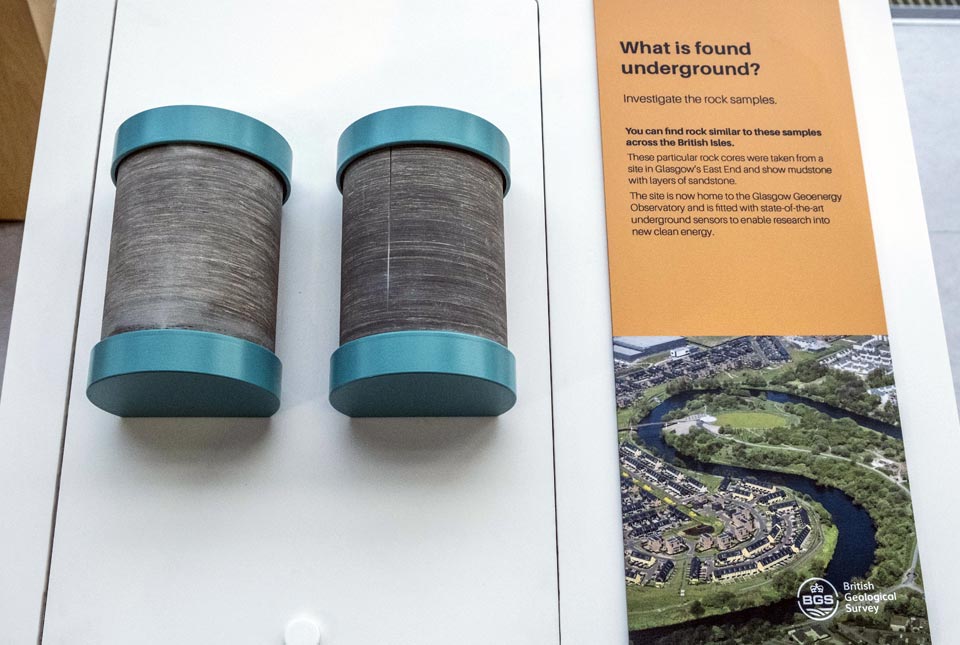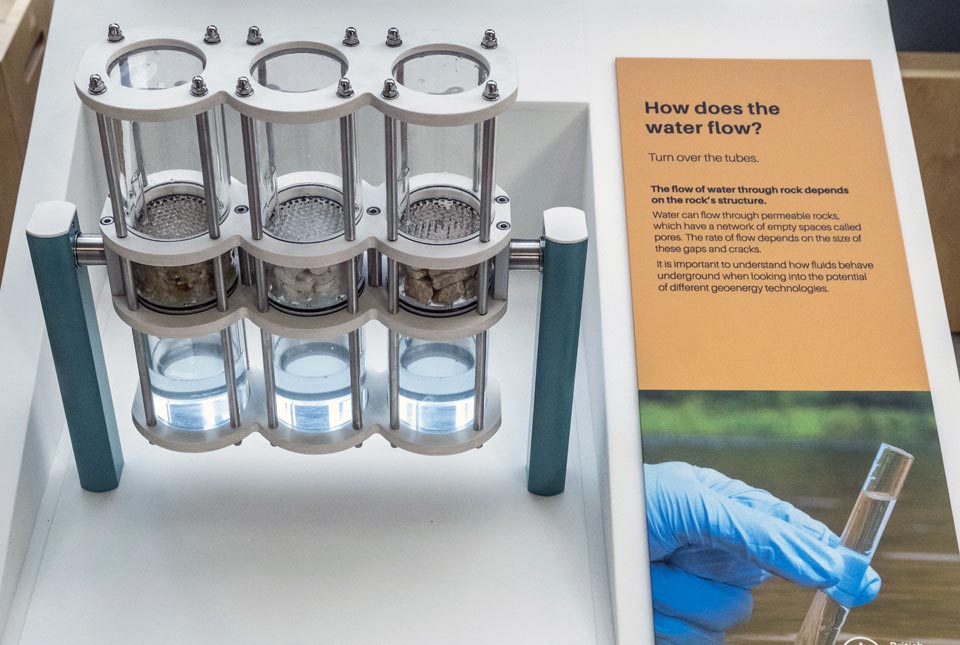Clean Energy Beneath Our Feet launches at Glasgow Science Centre
A new interactive exhibition has launched at Glasgow Science Centre, inspired by the work of the UK Geoenergy Observatories.
13/03/2022 By BGS Press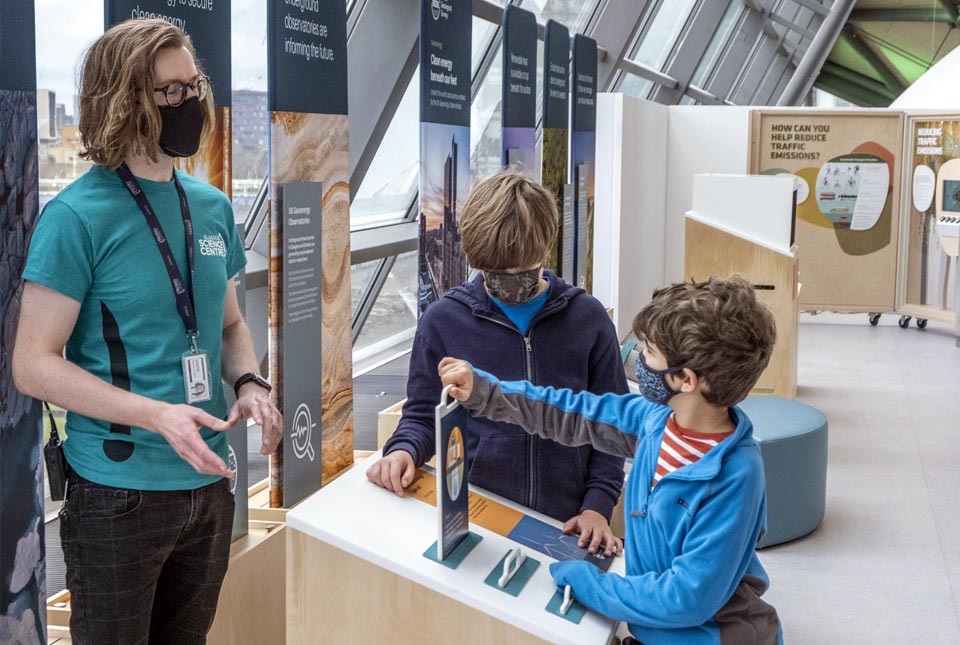
The UK Geoenergy Observatories team has launched a new exhibition at Glasgow Science Centre.
The Glasgow Observatory is one of two new facilities that will help shed light on how underground heat resources could warm our homes and businesses.


Visitors can learn about how resources below the ground have powered our homes, towns and industries in the past, and what’s coming up in the future.
The exhibition is called Clean Energy Beneath Our Feet and is on display now in Glasgow Science Centre’s Powering the Future zone.
Visitors can learn about how resources below the ground have powered our homes, towns and industries in the past, and what’s coming up in the future.
The exhibition was created by Glasgow Science Centre for the UK Geoenergy Observatories project.
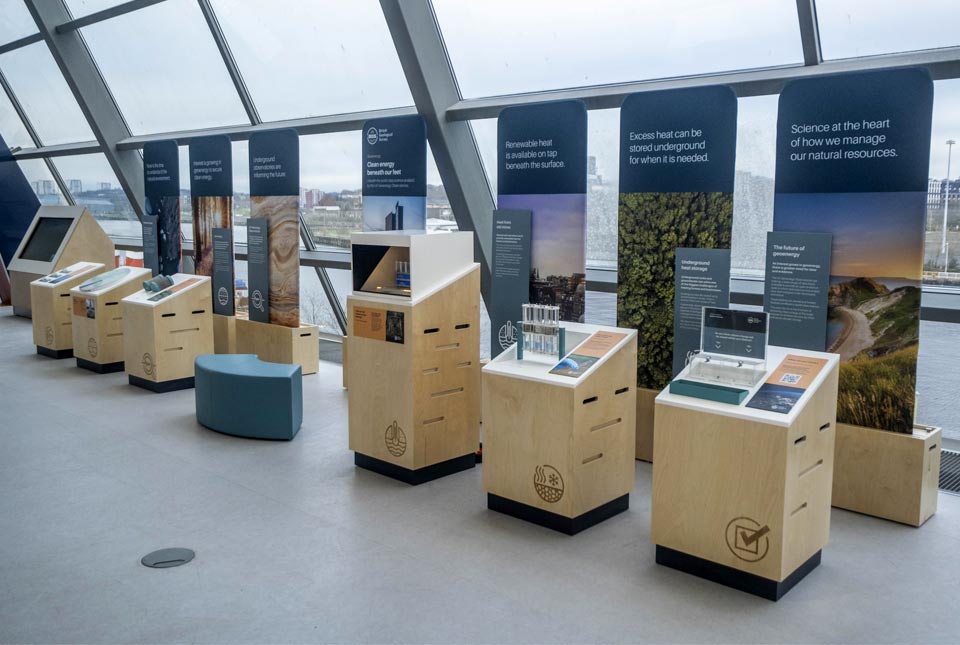
The interactive exhibition has launched at Glasgow Science Centre and will tour science centres, museums and festivals throughout the UK. BGS © UKRI.
The UK geoenergy observatory in Glasgow has 12 boreholes that are collecting data and acting as laboratories so that we can understand whether the warm water in abandoned mines could be used to power Glasgow or other cities. It was commissioned by UK Research and Innovation’s (UKRI) Natural Environment Research Council (NERC) and was delivered by BGS, which runs the site and manages its data. A second observatory is proposed in Cheshire.
If we’re going to reach our net zero goals by 2050, we need a huge supply of clean energy.
This interactive exhibition examines just that and shows the major role that the subsurface will come to play in our future.
Visitors can interact with the science and technology that will shape energy in the future, touch a rock sample we took from 137 m below the surface of Glasgow and learn about the world-class science that’s taking place at the Glasgow geoenergy observatory in the east end.
Alison Robinson, NERC Deputy Executive Chair.
The new exhibition will be of interest to anyone keen to find out more about the use of geoenergy.
We designed it with the UK Geoenergy Observatories team so that it can travel to other science centres, museums and festivals in the UK, but for now it’s on show at Glasgow Science Centre.
Robin Hoyle, director of science at Glasgow Science Centre.
The Glasgow Observatory is part of a £31 million investment by the UK government through the Department for Business, Energy & Industrial Strategy (BEIS).
Find out more about the Glasgow Observatory by taking a virtual tour.
Related news

Suite of ten new soil reference materials released
02/01/2026
BGS has a longstanding track record of producing high-quality reference materials and has released ten new soil reference materials.
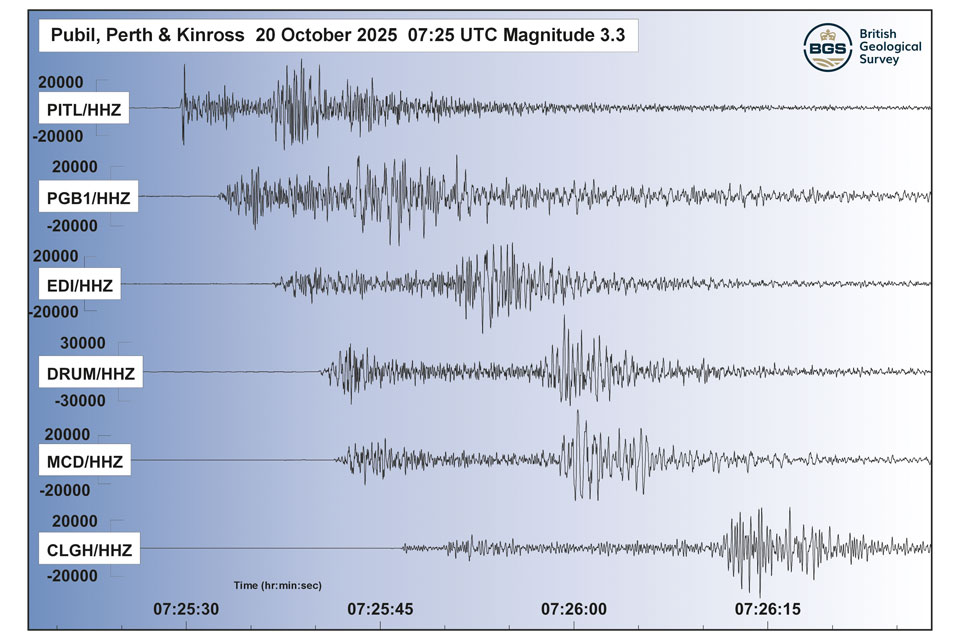
Perth and Kinross tops the UK’s earthquake activity charts for 2025
29/12/2025
Seismologists at the British Geological Survey have published data on the number of seismic events over the past 12 months with over 300 earthquakes recorded.
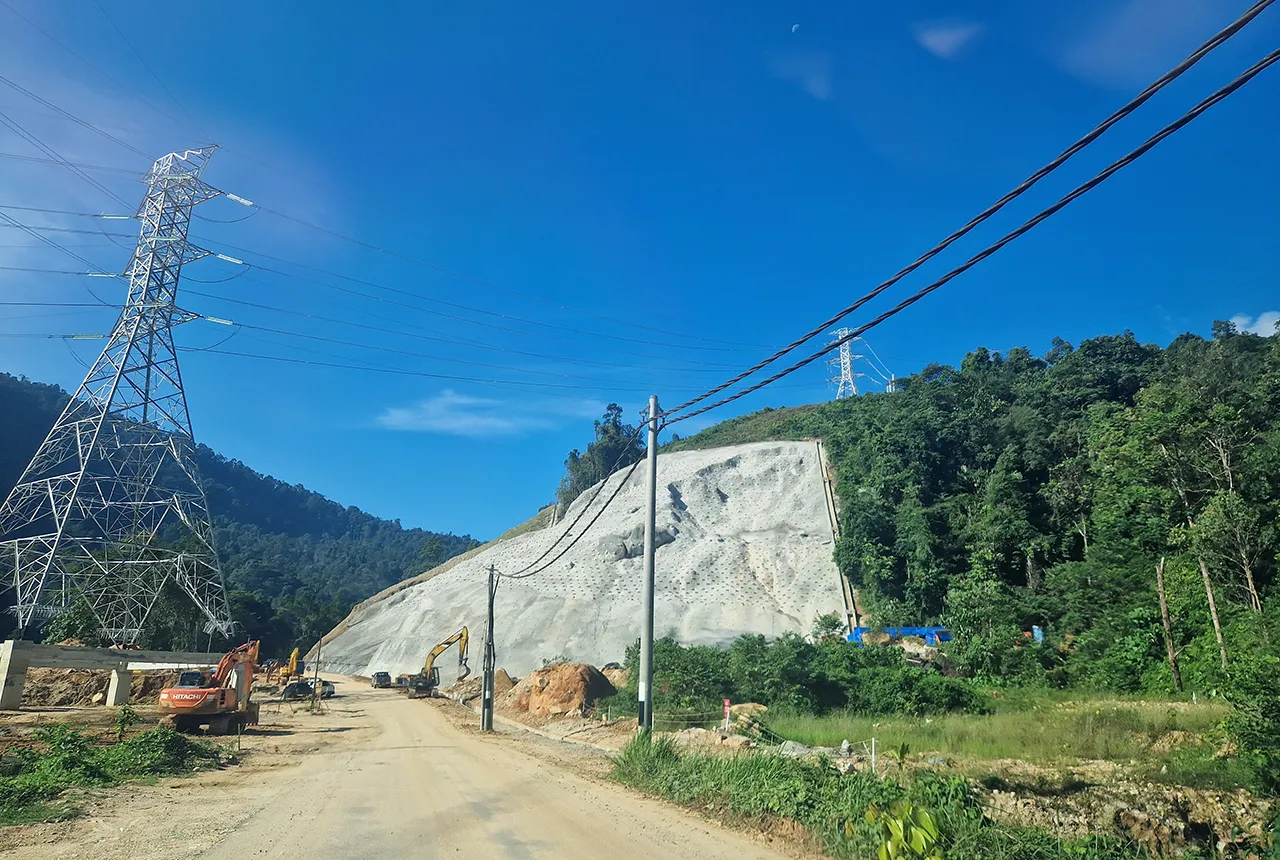
BGS awarded funding to support Malaysia’s climate resilience plan
17/12/2025
The project, funded by the Foreign, Commonwealth & Development Office, will focus on minimising economic and social impacts from rainfall-induced landslides.
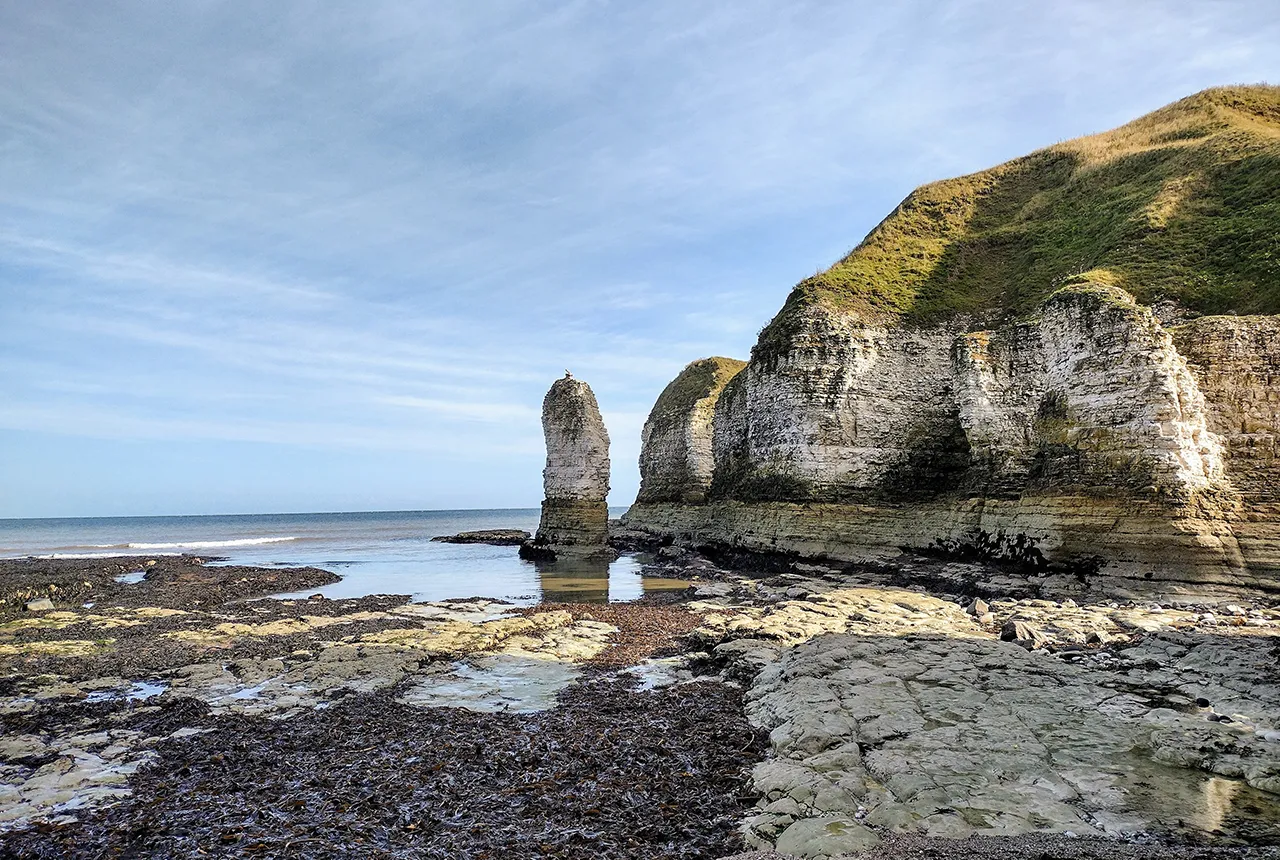
New geological maps of the Yorkshire Wolds to better inform groundwater management and policy decisions
17/12/2025
The new mapping provides crucial data on localised geological issues that may assist in protecting water supplies.
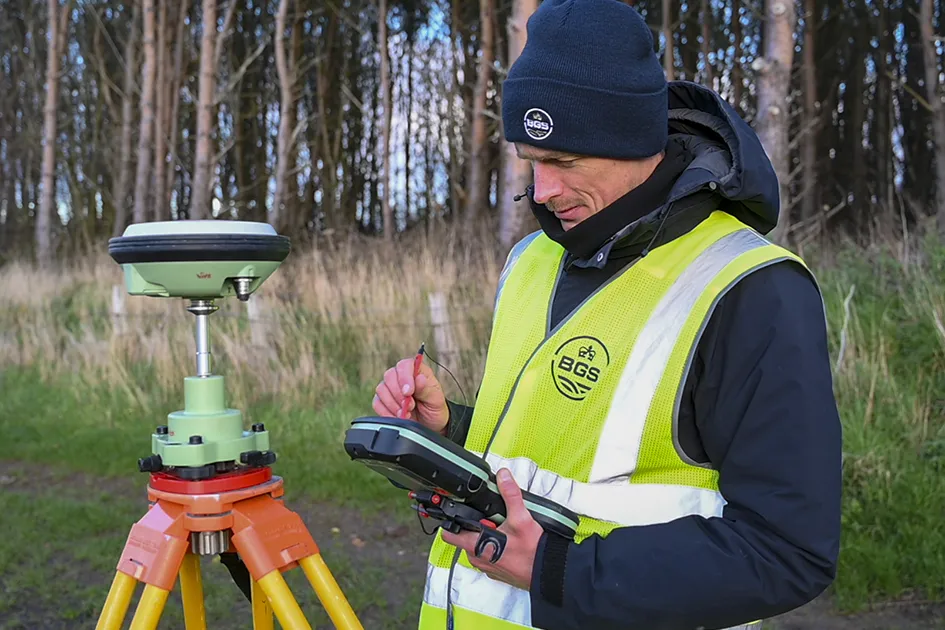
‘Three norths’ set to leave England and not return for hundreds of years
12/12/2025
The historic alignment of true, magnetic, and grid north is set to leave England, three years after they combined in the country for the first time since records began.
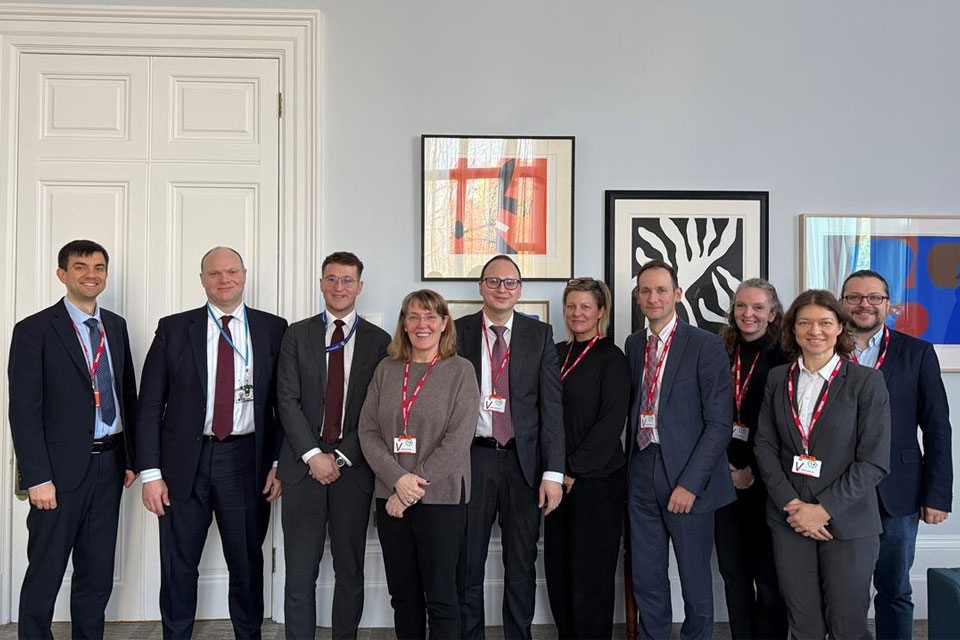
BGS agrees to establish collaboration framework with Ukrainian government
11/12/2025
The partnership will focus on joint research and data exchange opportunities with Ukrainian colleagues.
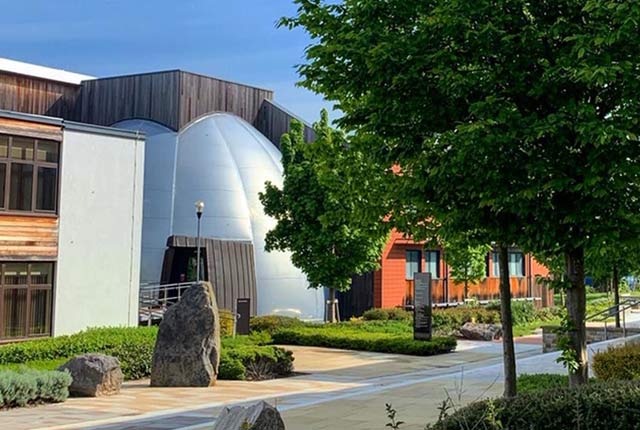
Making research matter: BGS joins leading research organisations in new national initiative
10/12/2025
A new alliance of 35 organisations has been formed that is dedicated to advancing science for the benefit of people, communities, the economy and national priorities.

New 3D model to help mitigate groundwater flooding
08/12/2025
BGS has released a 3D geological model of Gateshead to enhance understanding of groundwater and improve the response to flooding.
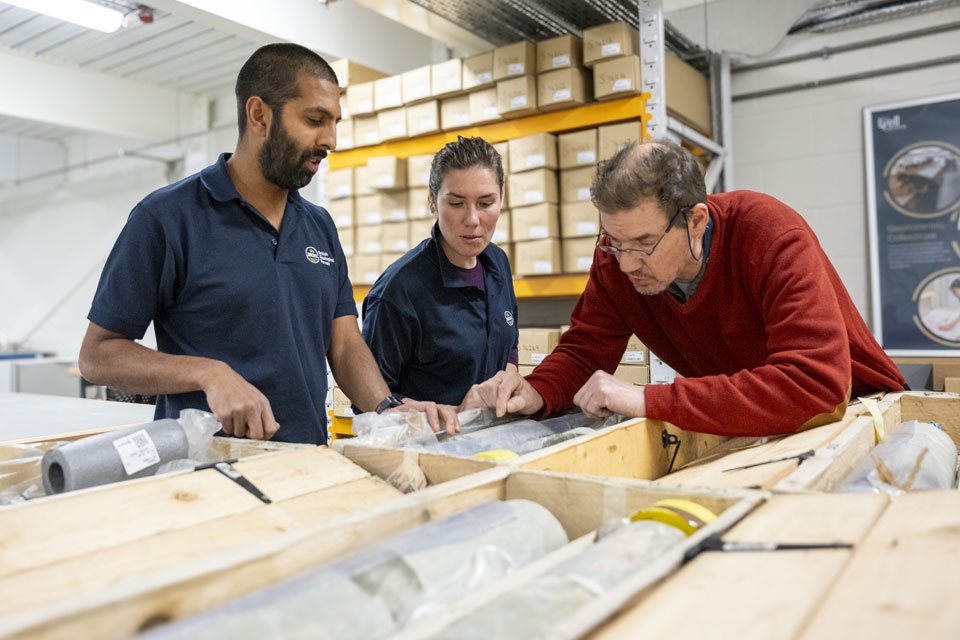
Scientists gain access to ‘once in a lifetime’ core from Great Glen Fault
01/12/2025
The geological core provides a cross-section through the UK’s largest fault zone, offering a rare insight into the formation of the Scottish Highlands.
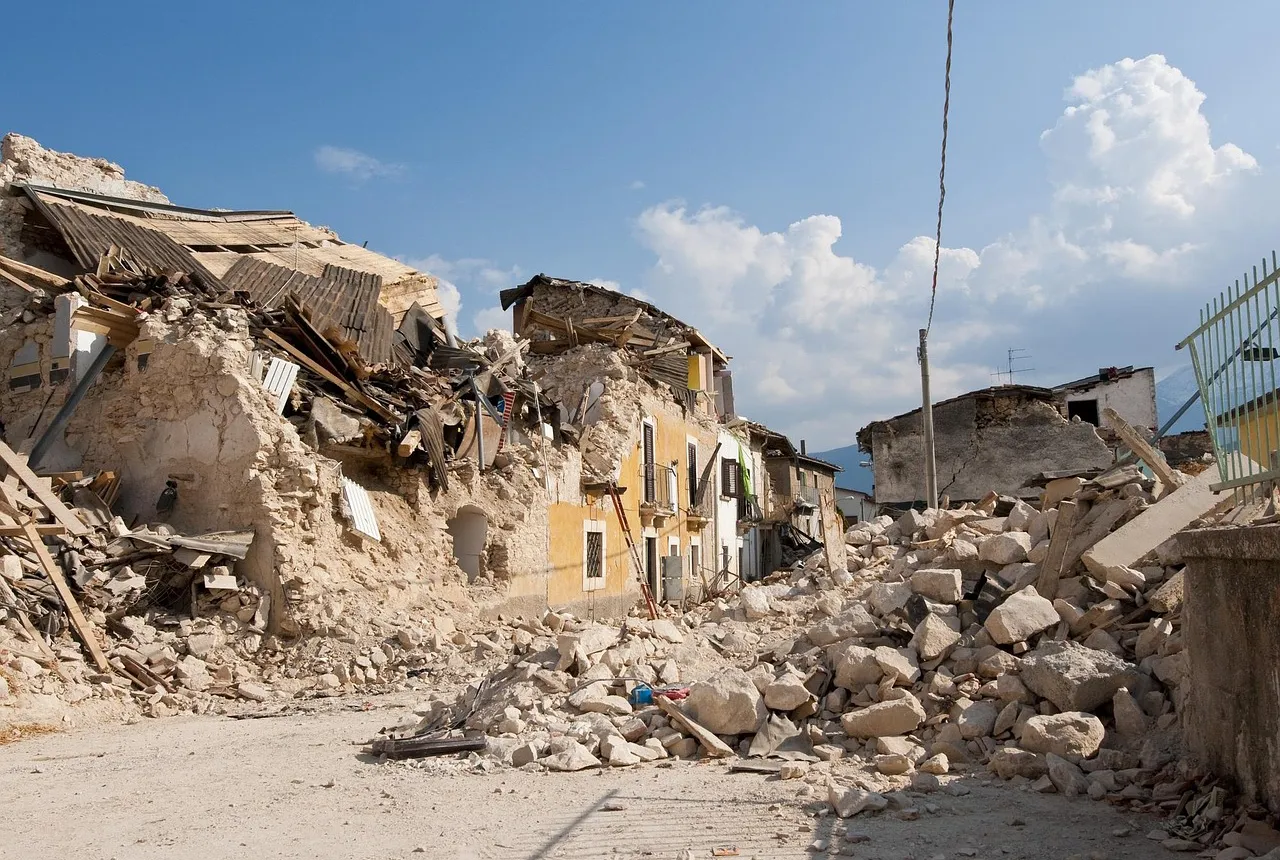
New research shows artificial intelligence earthquake tools forecast aftershock risk in seconds
25/11/2025
Researchers from BGS and the universities of Edinburgh and Padua created the forecasting tools, which were trained on real earthquakes around the world.
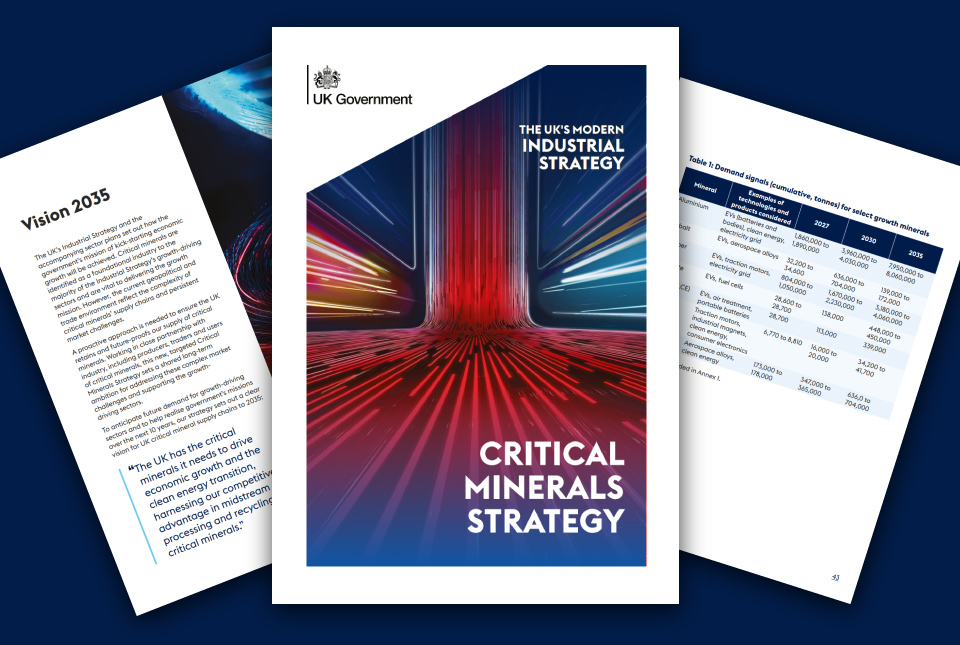
BGS welcomes publication of the UK Critical Minerals Strategy
23/11/2025
A clear strategic vision for the UK is crucial to secure the country’s long-term critical mineral supply chains and drive forward the Government’s economic growth agenda.

New funding awarded for UK geological storage research
21/11/2025
A project that aims to investigate the UK’s subsurface resource to support net zero has been awarded funding and is due to begin its research.




